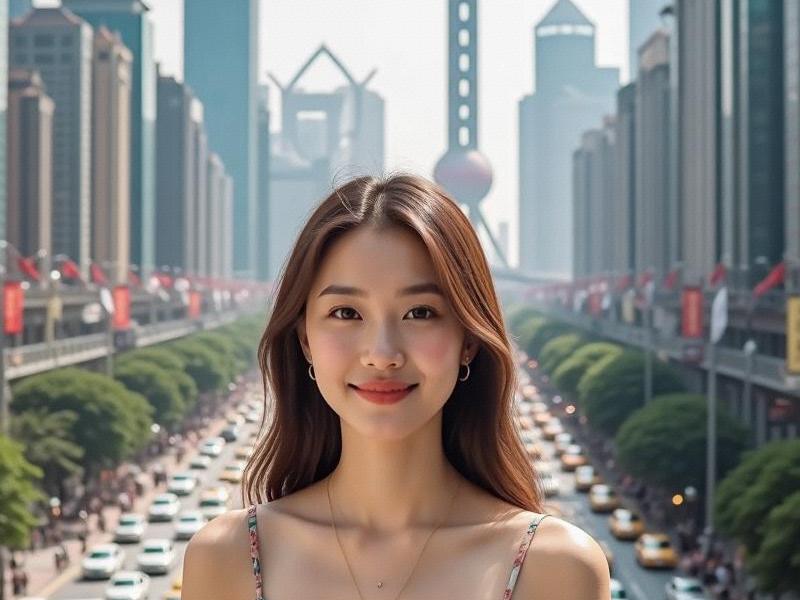This feature explores how Shanghai's women are creating a distinctive urban aesthetic that blends traditional Chinese elements with global fashion influences, while challenging conventional beauty norms.

Shanghai has long been celebrated as China's fashion capital, but beneath the glittering surface of its designer boutiques and luxury malls, a more profound style revolution is taking place. The city's women - from finance executives to art students - are crafting a unique aesthetic identity that's reshaping national beauty standards.
The Shanghai Look: A Cultural Fusion
Walking through the tree-lined avenues of the French Concession or the neon-lit streets of Nanjing Road, one immediately notices the distinctive "Shanghai style" - a sophisticated blend of:
- Traditional cheongsam elements reimagined in modern cuts
- European tailoring techniques adapted for Asian body types
- Japanese/Korean beauty trends filtered through local preferences
- Bold color combinations that defy conservative norms
"Shanghai women treat fashion as self-expression rather than conformity," observes Li Wei, editor-in-chief of Vogue Shanghai. "They might pair a ¥50,000 Hermès bag with a ¥500 qipao from a local designer, and make it look intentional."
Becoming the Beauty Capital
夜上海最新论坛 Shanghai now boasts:
• Over 3,200 beauty salons (1 per 8,000 residents)
• 42 international cosmetic brands with China R&D centers
• Asia's highest per capita spending on skincare (¥3,812 annually)
• The world's second-largest luxury cosmetics market
The rise of homegrown beauty empires like Pechoin and Herborist demonstrates how Shanghai women are driving product innovation. "Our customers demand formulas that address specific Shanghai concerns - pollution protection, humidity control," explains Pechoin's chief scientist Dr. Zhang.
The New Shanghai Woman
Interviews with 50 professionals reveal shifting priorities:
1. Education: 68% hold university degrees (national average: 15%)
上海龙凤419油压论坛 2. Financial independence: 42% own property independently
3. Marriage attitudes: Average marriage age now 31 (up from 25 in 2000)
4. Beauty spending: Allocate 18% of income to appearance (vs 12% nationally)
Cultural commentator Emma Guo notes: "The Shanghai woman's confidence comes from economic power. She invests in herself because she controls her resources."
Digital Influence
Shanghai-based influencers like Xiaoxi_style (2.8M followers) have pioneered a new aesthetic - "urban naturalism" - that emphasizes:
✓ Minimalist skincare routines
✓ "No-makeup" makeup looks
✓ Sustainable fashion choices
上海品茶论坛 ✓ Cultural heritage elements
This contrasts sharply with the heavily filtered "internet celebrity" look prevalent elsewhere in China.
Future Trends
Emerging developments suggest:
- Growth of "smart beauty" tech (AI skin analysis, AR makeup testing)
- Rising demand for cruelty-free products
- Increased interest in traditional Chinese medicine beauty concepts
- Expansion of male grooming market (currently growing at 28% annually)
As Shanghai positions itself as a global fashion hub, its women continue to lead the evolution of Chinese beauty standards - proving that true style emerges from the intersection of tradition and innovation.